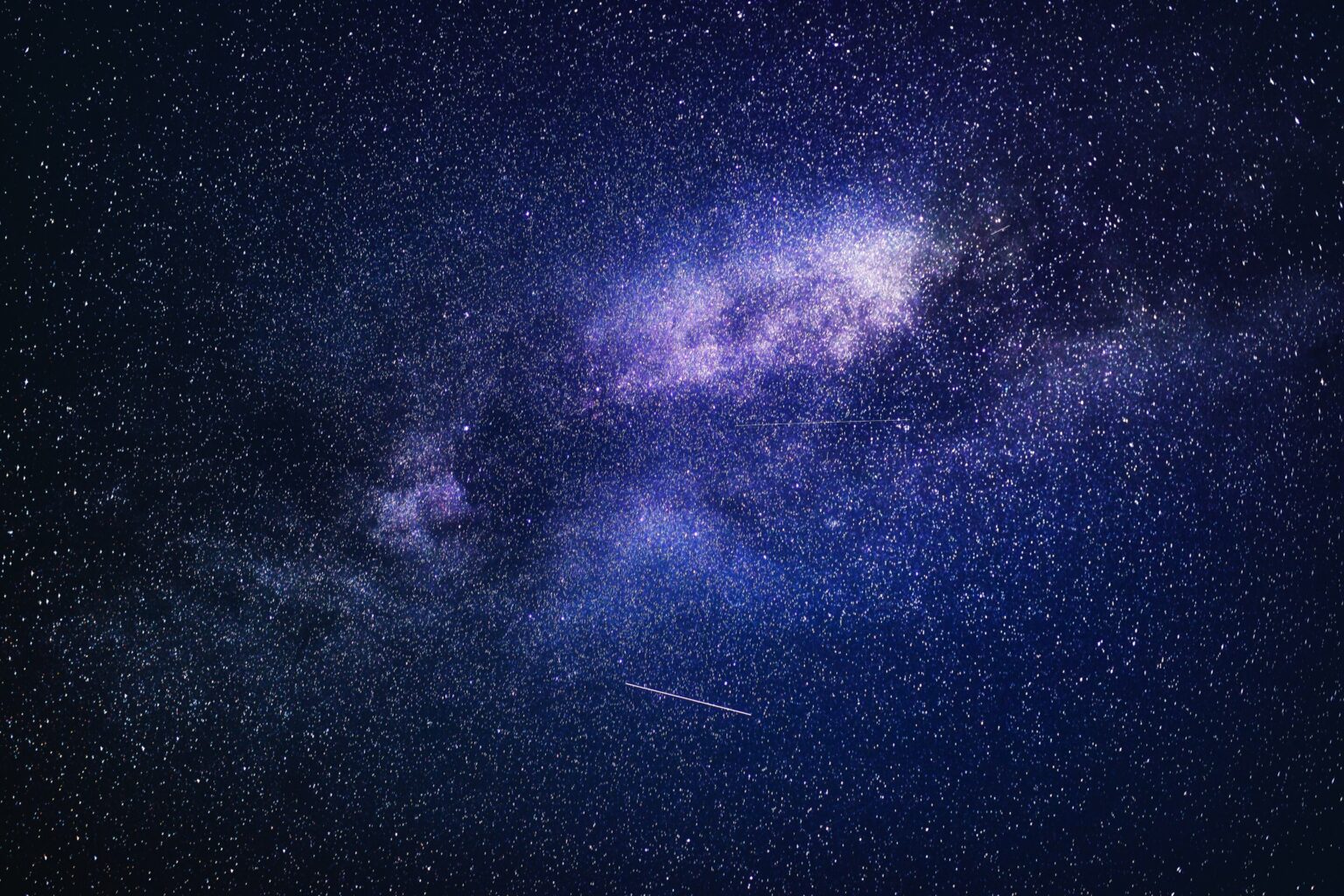Large galaxies have very low rates of star formation. Scientists have studied one of them, recently formed by the merger of the other two and came to the conclusion that the cause is the loss of gas due to a collision.

Exploring a distant galaxy
There is almost no star formation in large galaxies. Scientists have not yet understood the reason for this. In order to solve this mystery, they used the ALMA array of radio telescopes located in South America to search for a galaxy that has only recently grown to a size at which the birth of new luminaries almost stops.
And such a galaxy, which was formed relatively recently when two others collided, was found. However, we should be careful talking about time relative to it, because it is located seven billion light-years away from us and what we are currently observing in it actually happened before the formation of the Solar System.
Two medium-sized galaxies collided and formed one giant. There is still enough gas for the formation of new stars inside it, but the processes of the birth of new luminaries are already stopping. The reason for this is clearly visible in the images obtained with ALMA. The galaxy has a huge gas “tail” as long as two milky ways.
Future of large galaxies
In fact, scientists have long understood that the reason for stopping star formation in large galaxies is their loss of gas. But where it goes, it remains unclear. Some think it is “sucked out” by black holes. Others — that it just ends.
However, a new study shows that it is simply “blown out” of the galaxy by large-scale shock waves that occur during the merger. And the “tail” observing scientists is exactly such a flow of gas, which in a few hundred million years will flow out completely.
In general, the accumulation of matter in the Universe is quite rare due to its constant expansion. But gravity also plays a role. Therefore, the places where large galaxies are found are usually separated by billions of light years. But one such place can contain several “large and dead” galaxies at once.
By the way, it is quite possible that the extinction of star formation awaits the Milky Way. This will probably result in a collision with the Andromeda galaxy, which will occur in 5 billion years. It is expected that its strength will be sufficient to leave the new giant star system without gas.
According to phys.org
Follow us on Twitter to get the most interesting space news in time
https://twitter.com/ust_magazine

